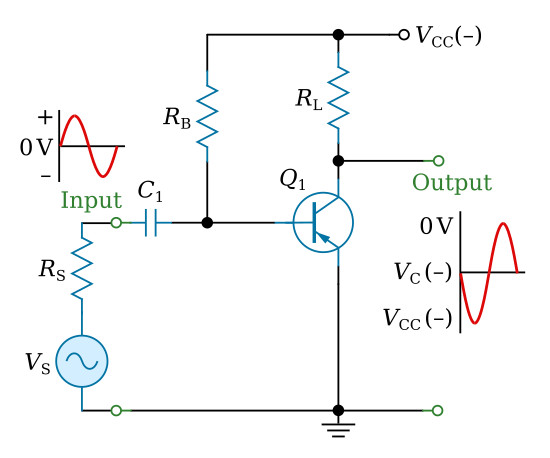
When the signal voltage is applied, the forward bias on the emitter-base junction increases or decreases depending upon whether the signal is positive or negative. This is called zero signal collector current. collector current I C flows in the collector circuit. When no signal is applied, the input circuit is forward biased by the battery V B B. Hence, an amplified output is obtained across the load.Īnalysis of collector currents. This results in the decreased output voltage (in the opposite direction). However, during the negative half-cycle of the signal, the forward bias across emitter-base junction is decreased. The increased collector current produces a greater voltage drop across the collector load resistance R C. This causes an increase in collector current. Therefore, more electrons flow from the emitter to the collector via the base. During the positive half-cycle of the signal, the forward bias across the emitter-base junction is increased.

voltage is known as bias voltage and its magnitude is such that it always keeps the emitter-base junction forward *biased regardless of the polarity of the signal source. Note that a battery V BB is connected in the input circuit in addition to the signal voltage.


shows the common emitter npn amplifier circuit.


 0 kommentar(er)
0 kommentar(er)
